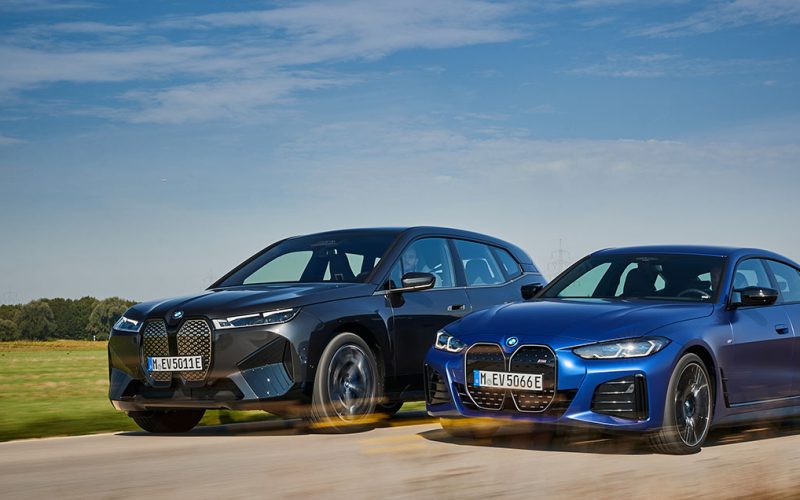
Reading Time: 5 minutesWith a focus on having 25 electrified models in its lineup as early as next year,
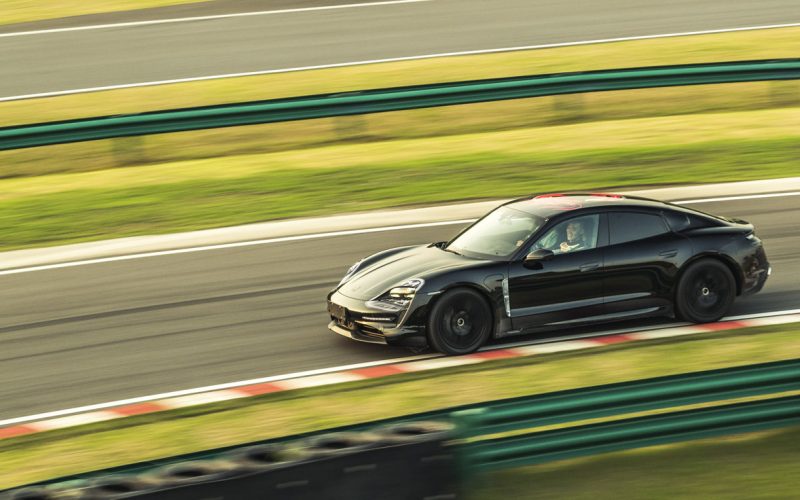
Reading Time: 6 minutesThose who follow the electric vehicle industry have been excited about the upcoming 2020 Taycan since
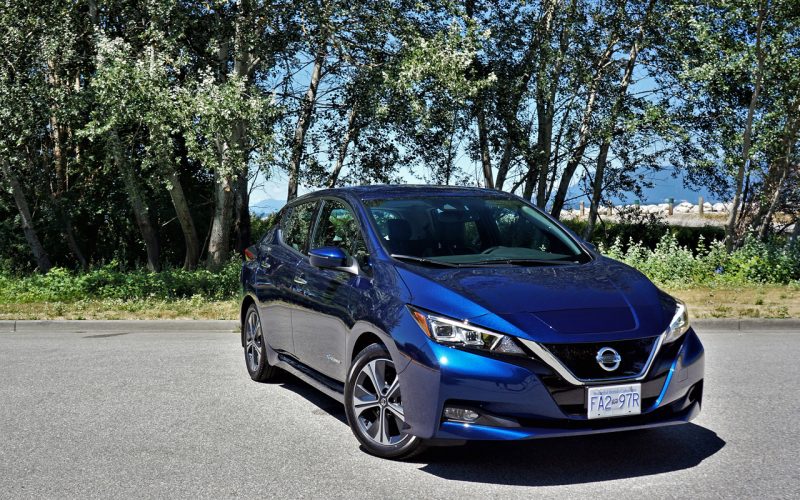
Reading Time: 14 minutesNissan has taken a very different tack by normalizing its second-generation Leaf, which is both good
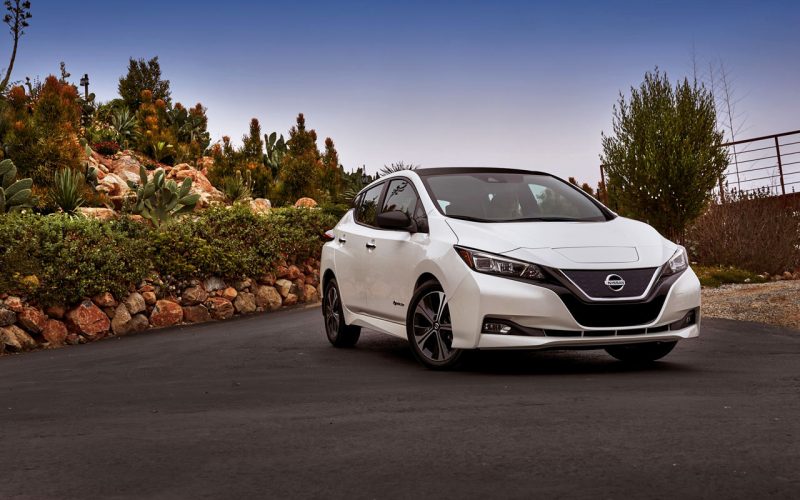
Reading Time: 4 minutesAfter achieving its best sales results ever in 2017, Nissan Canada has yet another sales milestone
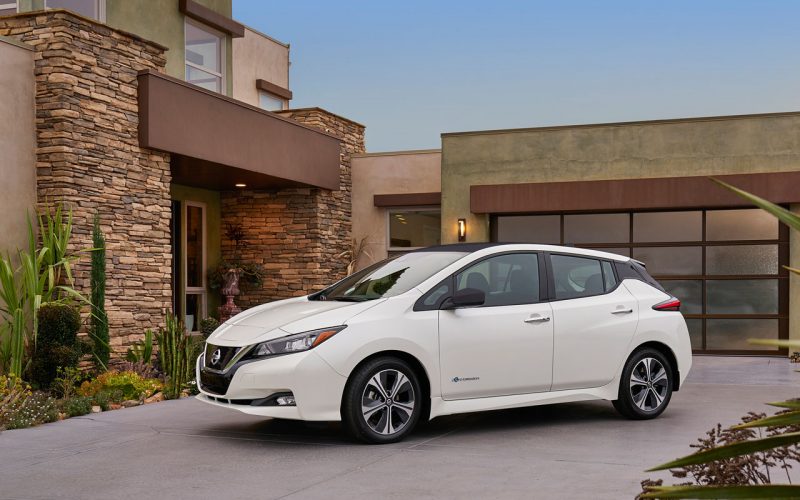
Reading Time: 8 minutesToyota’s Prius may be the world’s most notable hybrid and Tesla’s Model 3 currently hottest on
© 2025 The Car Magazine. All Rights Reserved, Privacy Policy | Terms of Use